
Blog
The Different Types of Hash & How it’s made
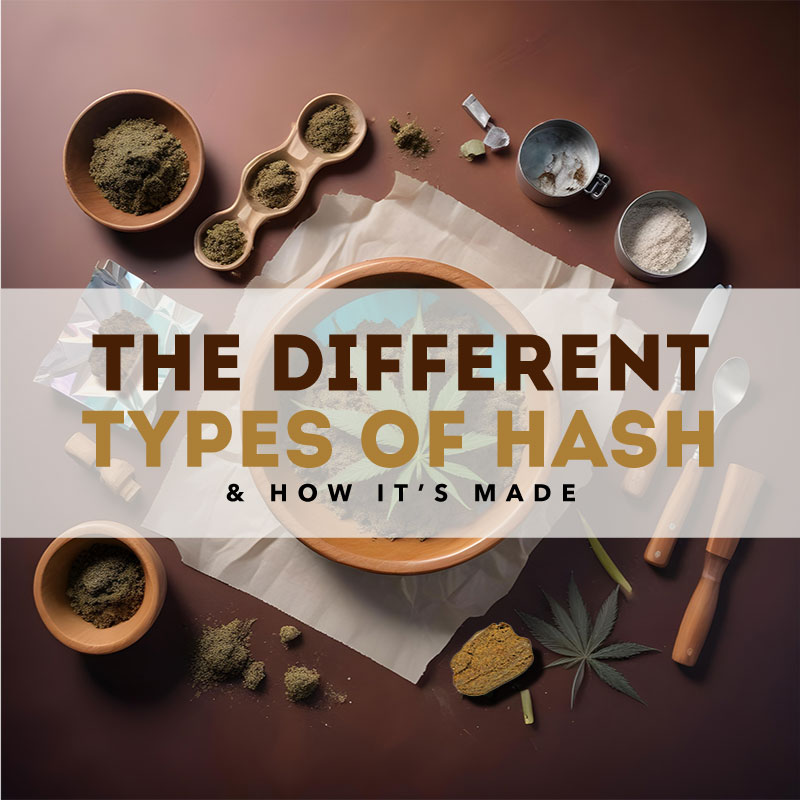
Despite its long history and widespread use, many people are unaware of the different types of hash and the traditional methods used to produce this potent cannabis concentrate.
At Eden Goods we aim to educate and elevate your smoking experience by delving into the unique characteristics and extraction processes of some of the most popular hash, including Afghani, bubble hash, Moroccan hash, Red Lebanese, and Temple Balls. By understanding these differences, you can better appreciate the rich cultural heritage and artistry involved in hash production.
What makes hash so different?
Hashish, commonly referred to as hash, is one of the oldest and most traditional cannabis concentrates known to humanity. Hash is a solvent-free extract made from the resinous trichomes of the cannabis plant. These trichomes are collected and compressed to form a concentrated product. Before the advent of modern science and solvent extraction methods using alcohol or butane, traditional techniques (https://www.thcfarmer.com/learn/a-summary-of-hash-extraction-methods.354/) were used to produce this potent extract.
Afghani Hash
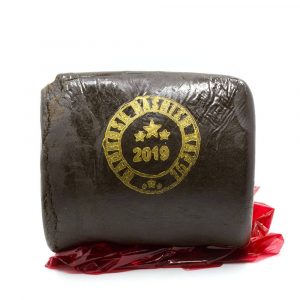
Afghani hash is renowned for its potent, resinous texture and dark colour, often varying from dark green to black. It typically has a strong, earthy aroma with spicy undertones.
Extraction Process:
- Traditional Hand-Rolling: In Afghanistan, the traditional method involves hand-rolling the resin. Farmers manually rub the cannabis plants, collecting the sticky trichomes on their hands. The collected resin is then pressed and shaped into bricks or balls.
- Pressing: The resin is carefully pressed and heated to form a dense, cohesive mass. This process enhances its potency and gives it a distinctive texture and flavour profile.
Bubble Hash
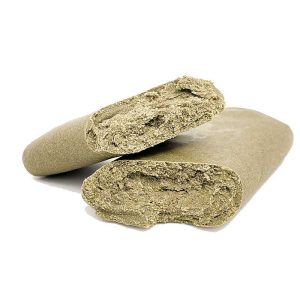
Bubble hash, also known as ice water hash, is celebrated for its high purity and potency. It comes in various grades, often distinguished by its colour and consistency, ranging from golden to light brown.
Extraction Process:
- Ice Water Extraction: This method involves using ice, water, and a series of fine mesh bags to separate the trichomes from the plant material.
- Agitation: Cannabis is mixed with ice and water to freeze the trichomes, making them brittle. The mixture is then agitated to break off the trichomes.
- Filtering: The mixture is filtered through mesh bags of varying micron sizes, collecting the trichomes while removing plant matter.
- Drying: The collected trichomes are dried thoroughly to prevent mould and ensure a high-quality final product.
Moroccan Hash
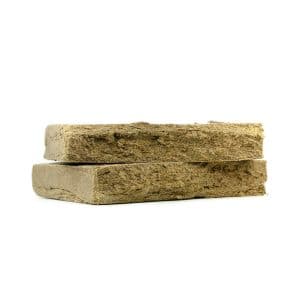
Moroccan hash, often referred to as “kief,” is famous for its light, crumbly texture and mild flavour. It typically has a light brown to yellowish colour.
Extraction Process:
- Dry Sifting: The primary method of extracting Moroccan hash involves dry sifting. Dried cannabis plants are beaten or shaken over fine screens, allowing the trichomes to fall through and collect below.
- Sieving: The collected trichomes are further sieved through progressively finer screens to achieve the desired purity.
- Pressing: The sifted trichomes are pressed into bricks or slabs, often with the application of heat and pressure to enhance cohesion and potency.
Red Lebanese Hash
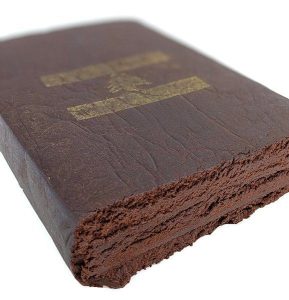
Red Lebanese hash is known for its reddish-brown colour and distinct, smooth flavour with hints of spice. It has a crumbly texture and is often less potent than other types of hash.
Extraction Process:
- Dry Sifting: Similar to Moroccan hash, Red Lebanese hash is produced using a dry sifting process. Cannabis plants are dried and then sifted over fine screens to separate the trichomes.
- Aging: The trichomes are collected and then aged, often in the sun, which gives the hash its distinctive reddish hue.
- Pressing: The aged trichomes are pressed into blocks, creating a dense but crumbly product.
Temple Balls
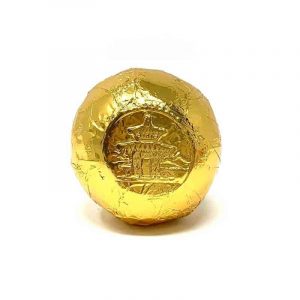
Temple Balls are known for their dark, glossy exterior and high potency. They have a soft, pliable texture and a rich, aromatic flavour.
Extraction Process:
- Hand-Rubbing: Temple Balls are traditionally made using hand-rubbing techniques. Fresh cannabis buds are gently rubbed between the hands, collecting the resin.
- Rolling: The collected resin is rolled into small, shiny balls, often called Temple Balls due to their historical use in spiritual rituals.
- Aging: These balls are sometimes aged for several months to enhance their flavour and potency.
Comparison of Different Types of Hash
| Feature | Afghani Hash | Bubble Hash | Moroccan Hash | Red Lebanese Hash | Temple Balls |
|---|---|---|---|---|---|
| Potency | High, due to traditional methods | Very high, due to purity | Mild, due to dry sifting process | Moderate | High, due to hand-rubbing |
| Purity | Moderate | High, minimal impurities | Moderate | Moderate | High |
| Texture | Dense and resinous | Varies from crumbly to sticky | Light and crumbly | Crumbly | Soft and pliable |
| Colour | Dark green to black | Golden to light brown | Light brown to yellowish | Reddish-brown | Dark and glossy |
| Aroma | Strong, earthy, and spicy | Clean, highlighting strain’s terpenes | Mild, aromatic | Smooth, with hints of spice | Rich and aromatic |
| Flavour | Rich, earthy, and spicy | Pure taste, natural terpenes | Mild and distinctive | Distinct and smooth | Aromatic and rich |
| Extraction Process | Hand-rolling and pressing | Ice water extraction | Dry sifting and pressing | Dry sifting and aging | Hand-rubbing and rolling |
Conclusion
The world of hash is incredibly diverse, with each type offering unique characteristics and experiences. Whether you prefer the traditional, potent Afghani hash, the pure and powerful bubble hash, the mild and flavourful Moroccan hash, the distinct Red Lebanese hash, or the aromatic Temple Balls, understanding the different extraction processes and their effects can enhance your appreciation for this ancient cannabis concentrate. As the cannabis industry continues to evolve, these traditional methods remain a testament to the rich cultural heritage and artistry involved in hash production.
